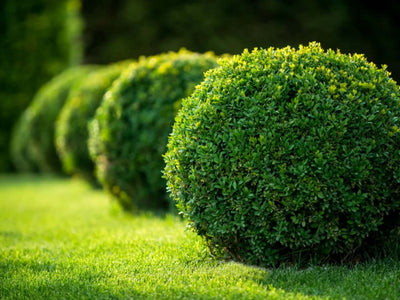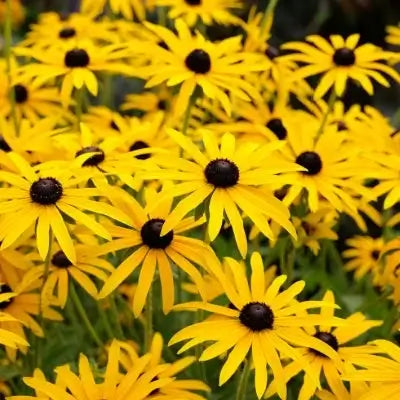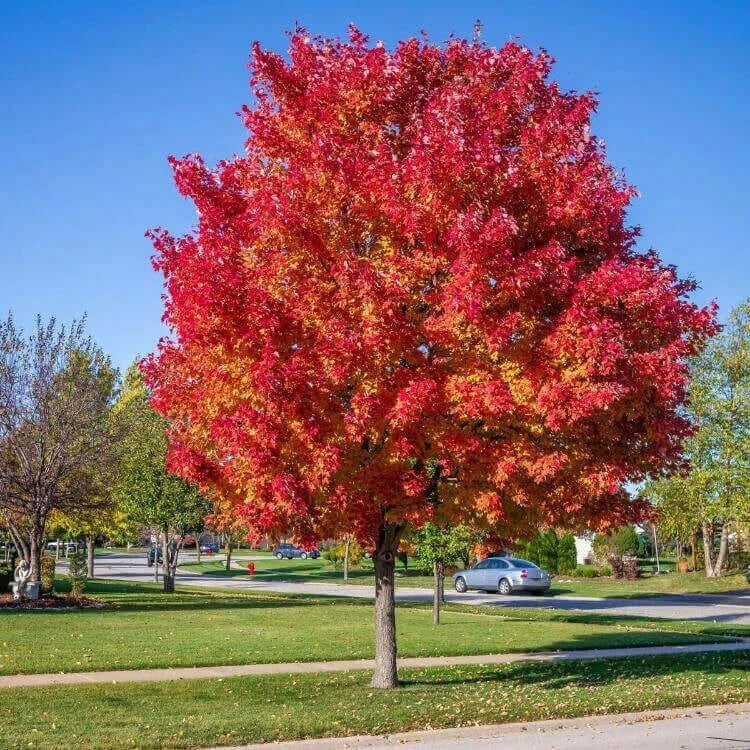The Versatility of Boxwood Shrubs in Landscaping
Share
Gardeners have cherished boxwood shrubs for centuries because they serve multiple purposes with their year-round green leaves and ability to form decorative shapes. These shrubs enhance landscapes by providing structure and elegance as foundation plantings, borders, or topiaries. Due to their ability to prosper in many different climates, boxwood shrubs are popular with gardeners who want a sophisticated yet easy-care addition to their gardens. Boxwood shrubs maintain visual interest throughout all seasons with their dense growth patterns, while their flexibility allows them to match both structured and relaxed garden styles.
The dual qualities of durability and beauty make boxwood shrubs particularly appealing. The small leaves with a shiny finish generate a rich green background, enhancing both plant beds full of flowers and structural components. Gardeners frequently utilize these shrubs to create frames for their entryways and garden paths while employing them to form private screens. These shrubs can survive for many years with proper care and eventually grow into mature plants that add value to the landscape. Boxwood shrubs grow slowly, which makes them manageable, and their resistance to pests and diseases preserves their beauty for years.
Boxwoods show resilience but require specific conditions to prosper. Boxwoods require well-draining soil because they cannot survive when their roots are exposed to lots of moisture. They flourish in partial to full sun locations but can adjust to various light environments. Consistent watering during dry periods supports their health, and mulch around the base keeps roots cool while preserving water. Boxwood care requires pruning to create tidy shapes or to protect their natural flowing appearance.
Boxwood Shrubs for Hedges and Privacy Screens
Boxwood shrubs are most commonly utilized to form privacy screens and hedges. Their thick foliage makes boxwood shrubs perfect for creating attractive, practical living barriers. Boxwood hedges serve as functional and beautiful options for marking property boundaries, doubling as wind barriers and structured garden elements. Boxwood varieties like ‘Green Velvet’ and ‘Wintergreen’ develop dense and compact growth patterns, which makes them ideal for hedging purposes. These plants maintain their green appearance throughout the year while providing constant interest because their foliage does not fade during winter.
Proper spacing between boxwoods during hedge planting is essential to create an uninterrupted appearance. If plants are spaced too widely, they will create gaps that won't close quickly, while planting them too close together will cause nutrient competition. Planting them within approximately one foot of each shrub ensures they grow well and cover the area appropriately. Pruning stands out as a critical element in hedge upkeep. Consistent pruning helps to keep boxwood hedges at their intended height and shape while generating denser foliage growth, which makes them more effective as privacy screens.
Boxwood shrubs for hedges are adaptable to multiple forms, ranging from sharp geometric lines to soft, flowing edges. Their flexible nature enables boxwood shrubs to work well in classic and modern landscape designs. Boxwoods can be maintained at a shorter height for decorative edges or grown to form a living barrier. Boxwood hedges in historic gardens produce elaborate designs surrounding flower beds and pathways to improve the spatial layout. The ability to shape them into exact forms has earned them a place as garden favorites worldwide.
Boxwood hedges provide practical benefits along with their aesthetic appeal. These hedges serve as sound barriers that reduce noise pollution and make them perfect for urban gardens or properties adjacent to busy roads. The dense leaves of these plants create living spaces for birds and helpful insects, which supports biodiversity in the area. A boxwood hedge can remain a defining landscape feature for many years through proper care and periodic balanced fertilizer applications.
Boxwood Shrubs for Topiaries and Garden Accents
Topiary artists commonly use boxwood shrubs to create decorative shapes ranging from basic forms like spheres and cones to elaborate designs. Boxwood shrubs are perfect for topiary art because their dense growth and small leaves suit this traditional gardening method. Boxwood topiaries serve as elegant focal points in gardens, enhancing patios placed in containers and creating symmetrical beauty along walkways. Boxwoods have kept their desired form for years because they endure frequent trimming, making them popular among expert and beginner gardeners.
Shaping and sustaining boxwood topiaries demands diligent attention and sustained effort over time. Consistent growth removal through pruning helps maintain the neat and defined appearance of boxwood topiaries. Gardeners perform regular trims using sharp shears several times yearly to promote dense and compact plant development. Novice topiary artists usually practice shaping simple forms, such as spheres or cones, before they move to complex designs. Wireframes guide gardeners in creating exact shapes, which guarantee consistent appearances as the shrub develops.
Boxwood topiaries grow well in containers, making them perfect for placement on patios, balconies, or entryways. The symmetrical arrangement of potted boxwoods on both sides of a doorway delivers an entrance that looks sophisticated and welcoming. Decorative urns or stone planters with boxwood topiaries enhance classical and contemporary architectural designs. Maintaining a lush green look for container plants requires consistent watering and periodic feeding using a balanced fertilizer.
Boxwood topiaries provide functional benefits alongside their decorative appeal. They serve as framing elements for garden features like fountains or sculptures to emphasize important aspects of landscape design. Boxwood topiaries demonstrate adaptability, which makes them suitable for multiple garden styles, including formal European gardens and modern minimalist landscapes. Boxwood topiaries maintain their status as a beloved element in garden design regardless of whether they grow in the soil or reside within containers.
Boxwoods Are Very Hardy Shrubs
Boxwood shrubs remain popular for gardeners because their durability offers aesthetic appeal and functional benefits. They are also a popular choice for hedges, topiaries, and garden accents because of their ability to thrive in various environments and their easy maintenance requirements. When gardeners supply well-draining soil, regular pruning, and enough moisture, boxwood shrubs maintain their vibrant green leaves in every season. Boxwood shrubs serve as structural and elegant foundation plants, functioning as clipped hedges or artistic topiaries.













